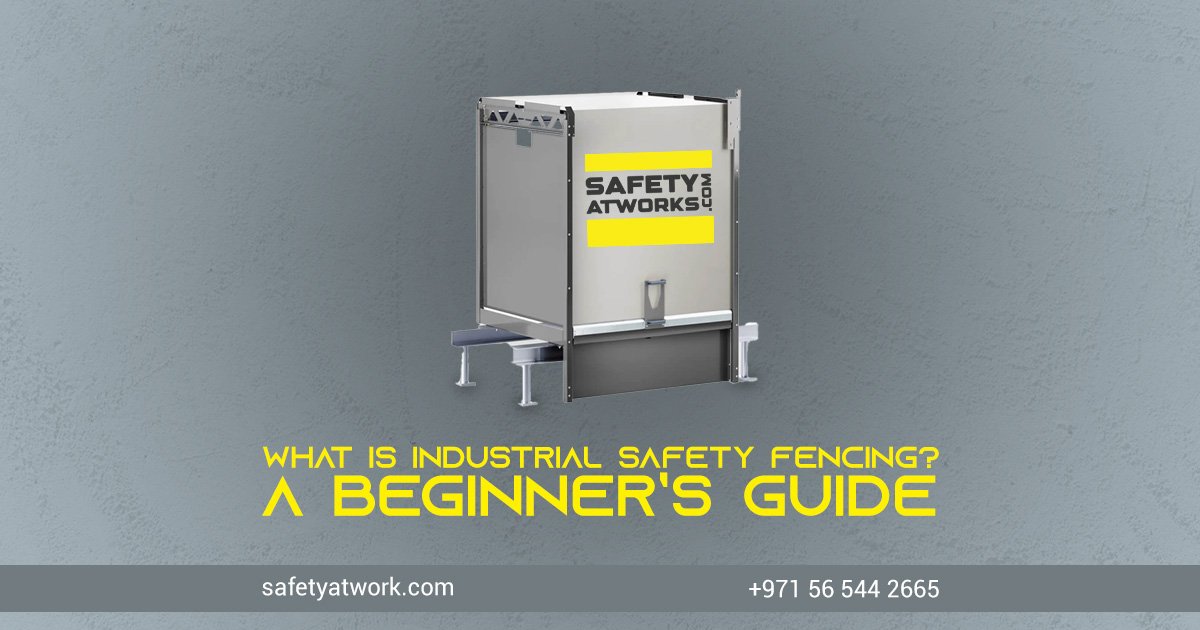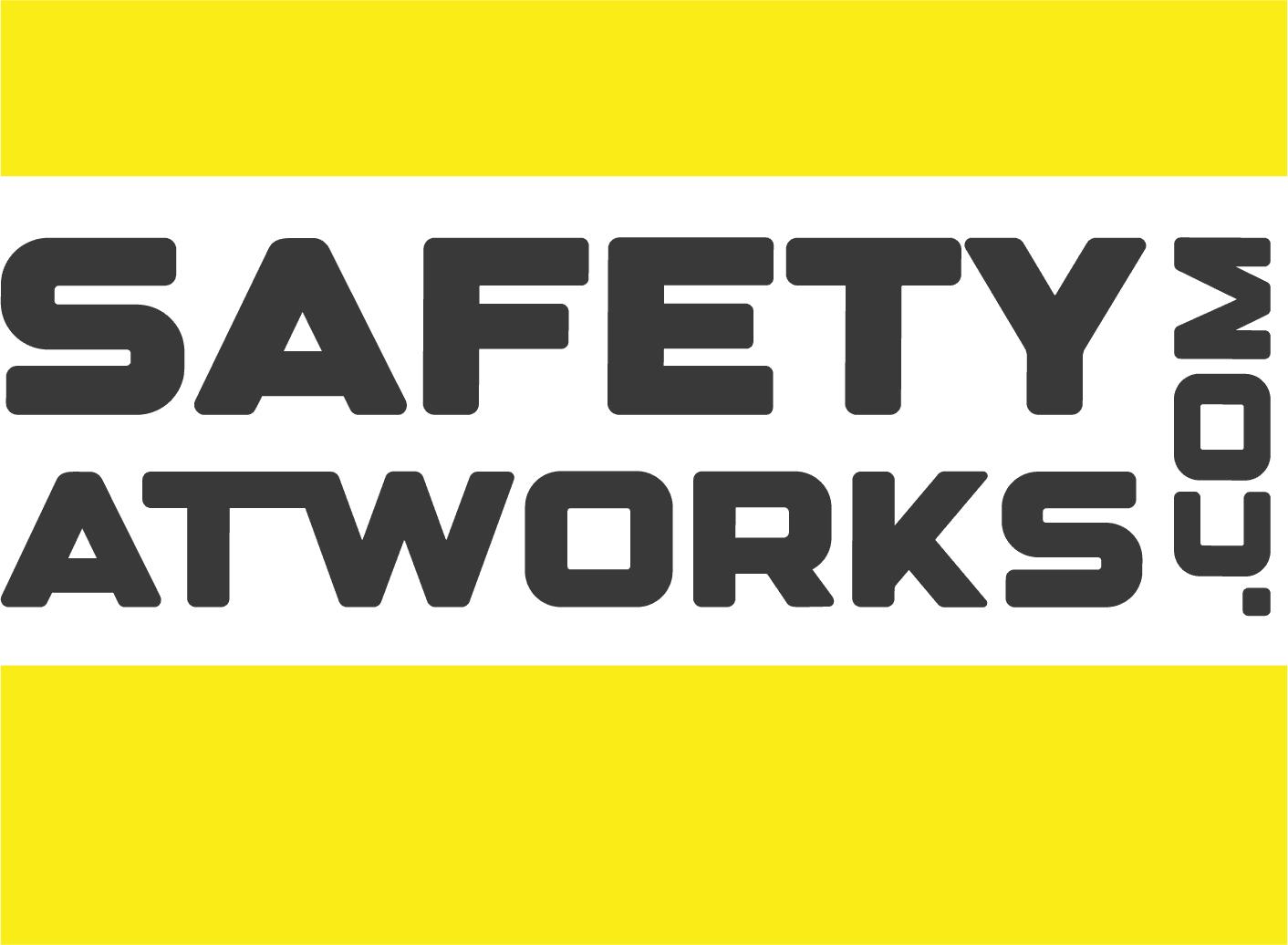
-
September 10, 2025
- 0 Comment
What is Industrial Safety Fencing? A Beginner’s Guide
Key Takeaways
- Industrial Safety Fencing
- Benefits of Industrial Safety Fencing
- Organized Workspace
- Adaptable Built
- Ease In Installation
- Minimizing Hazards
- Compliance To Safety Standards
- Types Of Industrial Fencing
- Applications Of Industrial Fencing
- Conclusion
As productive as industrial environments are, they also pose significant risks and hazards. According to the industrial safety regulations put forth by OSHA, safety fences and barriers are made mandatory to ensure the protection of the workers, to prevent unauthorized entry to hazardous zones and safeguard machinery.
This blog will explain what industrial safety fencing is and why it is essential.
Industrial Safety Fencing
Industrial safety fencing systems are usually made from sturdy materials such as aluminium or steel. They enclose the machinery or create barriers around accidental prone areas, thereby improving overall workplace safety.
The safety fences act as visual restraints that remind the workers to slow down and be cautious around equipment and hazardous zones. They significantly reduce the risk of potential accidents and thereby enhance overall productivity.
Benefits of Industrial Safety Fencing
Organized Workspace
Industrial safety fences clearly demarcate machinery, hazardous zones, pedestrian walkways and many more. Such clear-cut distinctions from danger zones will make the workspace more organized and clearly defined, thereby minimizing confusion, maintaining a manageable working environment.
Adaptable Built
The modular design of safety fences makes it more adaptable. They can be reconfigured, expanded or even customized to suit diverse industrial settings.
Ease In Installation
Owing to the modular set-up, safety fences can be installed with ease. They can be swiftly assembled and disassembled without interrupting the routine operations. In addition to that these barriers can be moved and repositioned to different locations depending on the layout of the workspace.
Minimizing Hazards
Safety fences can resist impact, thereby protecting the machinery from unexpected collisions. Most of the fences absorb impact and can return to their original shape. This is highly advantageous as it reduces maintenance costs as well.
Compliance With Safety Standards
As mentioned above, industrial safety regulations mandates the necessity to install safety fences across the workspaces. So abiding to the rules will turn out beneficial to the industries as it will reflect their responsibility towards achieving a safe working environment.
Types Of Industrial Fencing
Industrial fencing can come in different types.
- Machine guards: machine-specific fencing systems that effectively covers the machinery equipment.
- Safety fences to demarcate critical zones: Industrial safety fences that demarcate critical zones that effectively prevent unauthorised entry.
- Wire mesh hinged doors: Wire mesh hinged doors are used to provide controlled access to restricted areas. It provides the perfect enclosure and safe entry as well.
Applications Of Industrial Fencing
Industrial fencing has specific applications, which include:
- Machine guarding
- Logistics and warehousing
- Manufacturing
- Storage area segregation
- Energy Sector
Conclusion
Industrial safety fencing systems are designed to safeguard the personnel and the machinery alike and promote a safe working environment. Investing in safety fencing systems goes beyond just meeting safety regulations- it is about creating a workplace that is safe, organized and productive.
